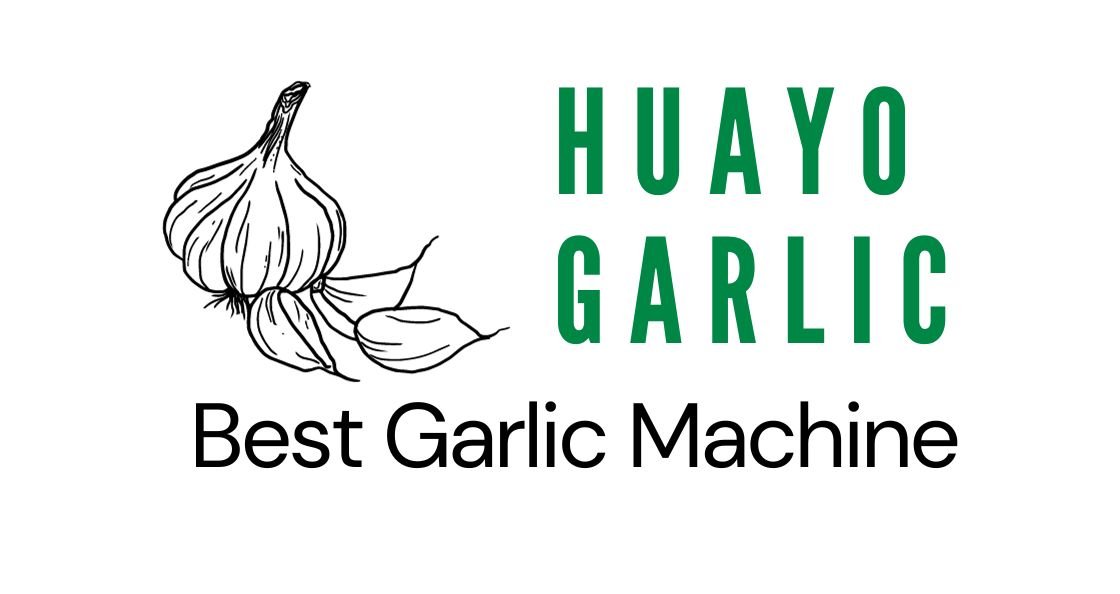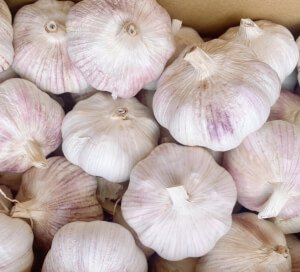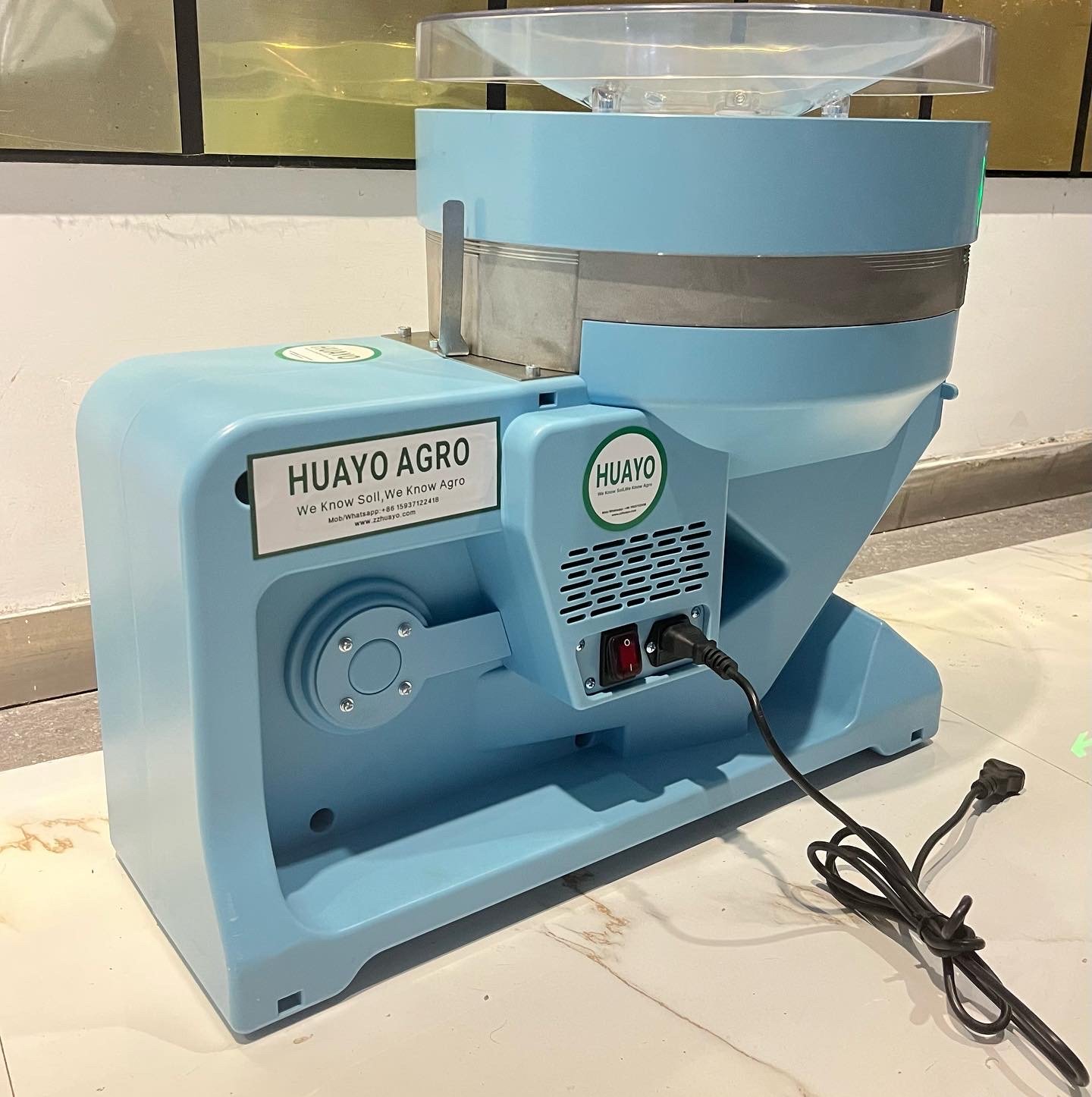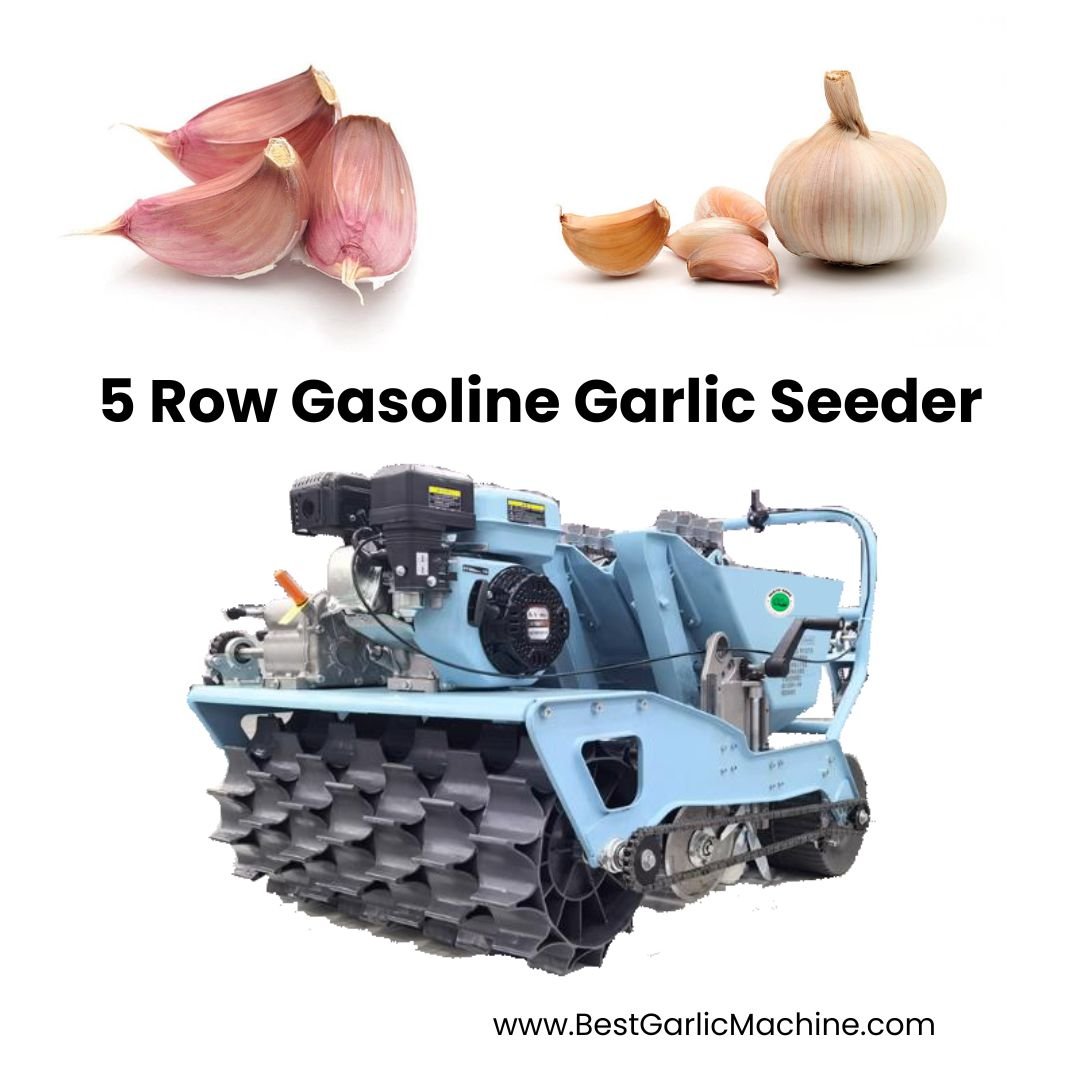Research Progress on the Nutritional Value and Health Benefits of Black Garlic
Black garlic, also known as fermented
black garlic, is made by fermenting fresh raw garlic with its skin on in a high – temperature and high – humidity fermentation chamber for 60 – 90 days to allow natural fermentation. This article explores the nutritional value, chemical composition, and various biological functions of black garlic, and looks into its positive effects on the human body as a health food, while also proposing future research directions.
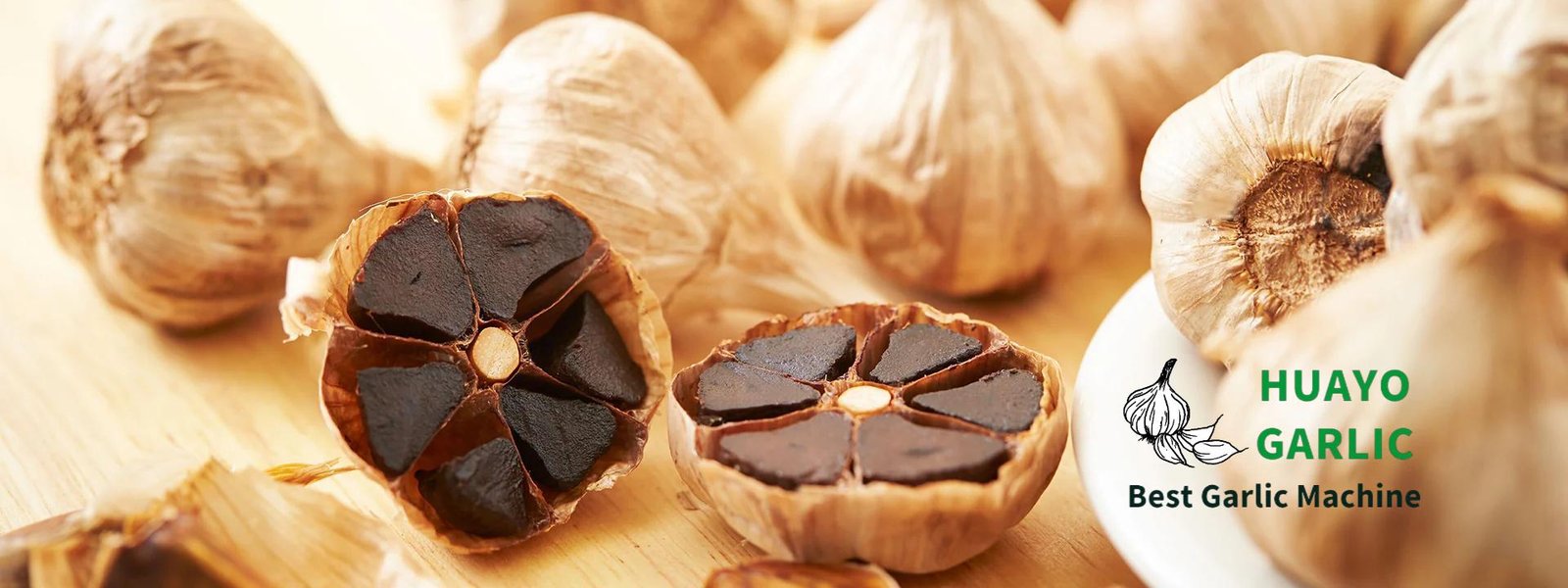
Black garlic has extremely high nutritional value. Compared with garlic, black garlic has significantly reduced moisture and fat content, while trace elements are significantly increased. The highest content of trace elements in black garlic is potassium, followed by magnesium, sodium, calcium, iron, and zinc, which are of great significance for maintaining human life activities. Proteins, sugars, vitamins, etc. are at least twice that of garlic. As a delicious component, the content of amino acids in black garlic has increased by 2.5 times compared with ordinary garlic. Black garlic contains a variety of nutrients, mainly including amino acids, peptides, proteins, enzymes, glycosides, vitamins, fats, inorganic substances, carbohydrates, and sulfur – containing compounds. The vitamins in black garlic mainly include B vitamins. In addition, in addition to allicin, amino acids, and vitamins, black garlic also contains reducing sugars (mainly glucose and fructose), sucrose, and polysaccharides. It is reported that using fermentation technology to process ordinary garlic into black garlic can not only retain the original components of raw garlic, but also increase the antioxidant and anti – acidification effects of raw garlic by dozens of times, and also convert a large amount of protein in raw garlic itself into 18 amino acids necessary for the human body every day, which can then be quickly absorbed by the human body.
Modern medical research has confirmed that garlic combines more than 100 medicinal and health – care components. It contains 43 sulfur – containing volatiles, 13 sulfenic acid esters, 9 amino acids, 8 peptides, 12 glycosides, and 11 enzymes. There are more than 30 kinds of compounds in black garlic, mainly 11 kinds: 3,3 – dithio – 1 – propene, diallyl disulfide monoxide (allicin, CH2=CH−CH2−SOSCH2−CH=CH2, which is extremely unstable and easily self – condenses into ajoene, also known as garlicene, diallyl thiosulfonate), methyl allyl sulfide (CH2=S−CH2−CH2CH3), 1 – methyl – 2 – propyl disulfide – 3 – methoxyhexane, ethylene [1,3] – dithiane, S,S – dipropyl dithioacetate, diallyl disulfide (CH2=CH−CH2−S−S−CH2−CH=CH2), diallyl trisulfide (CH2=CH−CH2−S−S−S−CH2−CH=CH2), diallyl tetrasulfide (CH2=CH−CH2−S−S−S−S−CH2−CH=CH2), diallyl thiosulfonate (CH2=CH−CH2−SO−S−CH2−CH=CH2). The sulfur – containing compounds unique to black garlic are currently considered to be the main biologically active substances in black garlic.
Traditionally, people use garlic to treat infections, gunshot wounds, diarrhea, wind – heart disease, diabetes, and other physiological disorders. Experiments have found that it can also promote metabolism and reduce cholesterol and triglyceride levels, thereby reducing blood lipids. Garlic itself is a very good health food, and the effect of black garlic is even more amazing. The chemical component allicin of black garlic, also known as allicin, is the general term for the main biologically active components in garlic, mainly sulfur – containing compounds, which have strong antioxidant effects, strong bactericidal power, a broad antibacterial spectrum, and physiological effects such as anti – diabetes, anti – tumor, anti – fatty liver, lowering blood lipids, anti – platelet aggregation, protecting the liver, and preventing cardiovascular diseases. At present, the main biological effects of black garlic include the following aspects.
If there is too much reactive oxygen in the body, it will damage the genetic factors in cells, thereby causing cancer. In addition, reactive oxygen will synthesize lipid peroxides in the body, causing premature aging and inducing stroke, heart disease, cancer and other diseases. Experiments have shown that the antioxidant capacity of fermented garlic is 13 times that of garlic. Zhu Bingqiao et al. [7] randomly divided 144 aged mice into blank group, model group, positive control group (VE group), low – dose black garlic group (65mg/kg), medium – dose black garlic group (260mg/kg), high – dose black garlic group (650mg/kg), low – dose white garlic group (65mg/kg), medium – dose white garlic group (260mg/kg), and high – dose white garlic group (650mg/kg), etc., to create an oxidative damage model. Then, the malondialdehyde content and the activities of superoxide dismutase (SOD) and glutathione peroxidase (GSH – Px) in the blood and liver tissues of mice were measured respectively. The results showed that black garlic could significantly reduce the malondialdehyde content in blood and liver tissues and increase the activity of antioxidant enzymes. The effect of black garlic on reducing malondialdehyde content and increasing GSH – Px activity was significantly better than that of white garlic and the positive control group, indicating that the antioxidant effect of black garlic was significantly better than that of white garlic. Zhou Guangyong et al. [8] stored black garlic at 5 – 35°C and measured the changes in its moisture content, sugar content, total acid content, and free radical scavenging ability over time, and explored the mechanism of these changes. The results showed that compared with fresh garlic, black garlic had higher sugar and total acid contents and lower volatile organic sulfur compound content. The free radical scavenging ability of black garlic is 8 times that of fresh garlic. During the storage of black garlic, the sugar content decreases and the total acid content increases, and its temperature coefficients (Q10) are between 1.33 – 1.41 and 1.26 – 1.32 respectively. Due to the subsequent fermentation of black garlic during storage, the maximum free radical scavenging capacity can reach 69g Trolox/kg (dry matter) (about 10 times that of fresh garlic). After 127 days of storage, the free radical scavenging ability of black garlic is still higher than the initial value before storage.
Allicin and the white oily liquid sulfide propylene (CH2CH2CH2−S) in black garlic are the main components that play a bactericidal role, with broad – spectrum antibacterial effects. They can kill dozens of epidemic viruses and a variety of pathogenic microorganisms. This allicin can still kill Salmonella typhi, Shigella dysenteriae, influenza virus, etc. in an instant even when diluted 100,000 times. The volatile substances, leachate, and allicin of black garlic all have obvious inhibitory or killing effects on a variety of pathogenic bacteria in test tubes. These sulfur – containing compounds also have strong inhibitory and killing effects on spoilage fungi, and their intensity is equivalent to or even stronger than that of chemical preservatives benzoic acid and sorbic acid, and they are currently found to be the strongest antibacterial substances in natural plants [9]. The allicin contained in black garlic has a broad – spectrum antibacterial effect. It can kill epidemic cerebrospinal meningitis virus, influenza virus, Japanese encephalitis virus, hepatitis virus, new cryptococcus that can cause severe bacterial membrane enteritis, pneumococcus, Candida, Mycobacterium tuberculosis, Salmonella typhi, Paratyphi, Entamoeba histolytica, Trichomonas vaginalis, Rickettsia, Staphylococcus, Shigella, Vibrio cholerae and many other pathogenic microorganisms [10 – 12].
Black garlic and its water – soluble extracts, selenium – containing proteins, and selenium – containing polysaccharides have strong scavenging abilities for hydroxyl radicals and superoxide radicals, and have anti – aging effects; allinase and black garlic ethyl acetate extracts also have a certain effect on delaying aging [13]. Studies have reported that black garlic contains more amino acids, organic acids, and S – allyl – L – cysteine than white garlic. The allicin in “black garlic” can also combine with selenium. After combination, it will have the function of vitamin E, that is, preventing atherosclerosis and anti – aging; vitamin B6 has an antioxidant effect and can prolong cell life; cystine can promote cell proliferation, detoxify and beautify the skin; germanium contained in black garlic also has an anti – aging effect.
Sulfur – containing compounds vary depending on the processing method (such as boiling, crushing, extraction, or grinding). Water – soluble sulfhydryl – containing cysteine, thiosulfonate, ajoene – like active substances, vinyl dithiin, as well as fat – soluble sulfide propylene, exist in garlic in different forms and have many biological activities, especially in cancer prevention [14]. Studies have shown that ethane thiosulfonate and diallyl trisulfide in black garlic can block the formation and accumulation of nitrosamines in the stomach from many aspects, thereby inhibiting the growth of cancer cells and killing cancer cells [15]. Germanium, a strong anti – cancer trace element in black garlic, can inhibit the carcinogen nitrosamine and play a role in preventing and fighting cancer. One of the main components of black garlic is allicin. Relevant studies have shown that allicin can increase the permeability of tumor cells and cause damage to the cell membrane.
Black garlic can lower blood pressure, improve symptoms of patients with hepatitis C, relieve waist and knee pain, help patients recover their strength after serious illness, reduce symptoms of pollen allergies, improve constipation in patients with intractable constipation, and help obese people lose weight. Black garlic has extremely strong antioxidant activity and can inhibit the damage of lipid peroxidase to the liver cell membrane structure to protect the liver. Studies have shown [19] that the main effective component of allicin in black garlic is alliin, and trace components S – allyl cysteine and S – methyl cysteine can show good anti – hepatotoxic activity in mouse hepatocyte toxicity models induced by CCl₄ and galactosamine. In addition, black garlic can enhance the activity of glutathione S – transferase in hepatocytes and improve the detoxification function of the liver. Methionine (L – Methionine) in black garlic can also prevent chronic and acute hepatitis, cirrhosis and other liver diseases; branched – chain amino acids such as lysine have a good therapeutic effect on liver failure; alanine and asparagine can enhance liver function and have a liver – protecting effect.
Jung et al. [20] fed obese rats with high – fat food and measured the biological activity and in vitro antioxidant activity of fermented black garlic. They found that the antioxidant activity of fermented black garlic was stronger than that of garlic. Therefore, they hypothesized that garlic can enhance its anti – biological activity through yeast fermentation and become a good functional nutritional food for people with diabetes and diabetic complications. In order to verify this hypothesis, the biological activity was measured in rats with diabetes and obesity, and the in vitro antioxidant activity was also measured. After 91 days of feeding with high – fat food, the rats showed significant obesity, hyperglycemia, hypertension, and damage to the liver and kidneys. Compared with the control group fed with high – fat food, black garlic and three different doses of mature fermented black garlic showed good liver protection, lipid – lowering and anti – obesity effects. Through tests, it was also found that compared with the mature black garlic group with the same dose, the mature fermented black garlic group had more biological activity. These findings indicate that the biological activity of black garlic can be enhanced through fermentation.
Ried et al. [21] studied and showed that black garlic extract has a superior auxiliary hypotensive effect compared with antihypertensive drugs. Ao et al. [22] found that supplementing garlic powder in the diet has a certain positive effect on cholesterol metabolism. The high concentration of low – density lipoprotein (LDL) and total cholesterol can induce atherosclerosis and cardiovascular diseases. The addition of garlic powder in the diet in the experiment significantly inhibited the synthesis of cholesterol in the body, so it is very helpful for the treatment of cardiovascular and cerebrovascular diseases.
Black garlic can affect the synthesis of glycogen in the liver, reduce blood glucose levels and increase blood insulin levels. The ability of black garlic to regulate blood sugar is not a simple control, but to protect insulin and actively convert sugar into energy, so that people with diabetes have the same sugar metabolism ability as ordinary people, rather than drug – induced hypoglycemia. Therefore, black garlic has a hypoglycemic effect comparable to that of ordinary people. Among them, allicin can reduce the blood glucose level of normal people, and black garlic also contains S – methyl cysteine sulfoxide and S – allyl cysteine sulfoxide, which can inhibit G – 6 – P enzyme NADPH and prevent insulin damage, thus having a hypoglycemic effect. The allyl disulfide in black garlic also has this effect. In addition, the alkaloids contained in black garlic also have a hypoglycemic effect, enhance the function of insulin, and more importantly, it has no effect on normal blood glucose levels. Glycine can reduce blood glucose levels in the blood and prevent diabetes. Isoleucine has the functions of promoting insulin secretion and regulating blood sugar. Researchers conducted animal experiments [20] by feeding rabbits with 25% black garlic juice for glucose tolerance tests, and found that the maximum blood glucose drop value in the black garlic group was 12.4% ± 1.2%, while that in the distilled water control group was 1.8% ± 0.5%, indicating that black garlic has a significant effect on controlling blood sugar; they also gave rats with diabetes induced by alloxan black garlic extract by gavage, and the results also showed that black garlic has a hypoglycemic effect, and the blood glucose concentration decreased by 17.9% – 26.2% 2 hours after ingestion.
Allicin has the function of activating cell membranes composed of glycolipids, which can improve their permeability, enhance cell metabolism and vitality, and thus enhance the body’s immunity. Experiments have shown that the fat – soluble volatile oil of black garlic can significantly improve the phagocytic function of macrophages and enhance the immune system [23]. Lysine and serine can improve immunity; vitamin C can also enhance the body’s immunity. Zinc contained in black garlic can participate in hormone synthesis and improve human immunity. Vinyl carbamate comes from ethyl carbamate, which is a chemical substance found in alcoholic beverages and fermented foods.
Feng Yonghui et al. [24] studied the effect of black garlic extract on the cellular immune function of BALB/c mice. The results showed that black garlic extract could significantly enhance the killing activity of NK cells, promote the secretion of NO and Th1 – type cytokines IL – 2, IFN – γ and TNF – α, and slightly reduce the level of IL – 4, indicating that black garlic extract has a certain promoting effect on the cellular immune response of mice. Animal experiments have shown that the fat – soluble volatile oil of black garlic can significantly improve the phagocytic function of macrophages and enhance the immune system. Liu et al. [25] found that garlic oil has a dual effect on the balance of Th1/Th2 cytokines. Low doses can improve Th1 – type T – cell immune response, and high doses can improve Th2 – type cellular immune response. Allicin can induce human lymphocytes, and as the concentration of allicin increases, the frequency of lymphocyte activity also increases, indicating that allicin can enhance the body’s immunity. Foreign scholars have proved through experimental research that allicin has different degrees of influence on the chemotaxis, phagocytosis and killing of neutrophils. Relevant studies have shown that allicin can increase the number of antibody – forming cells in the spleen of mice. It can be seen that black garlic can significantly improve human cellular immune function, humoral immune function and non – specific immune function, and improve the body’s immunity.
In conclusion, as a health food, black garlic has a complementary and alternative role in tumor prevention and treatment. While inhibiting tumors, it also enhances the body’s immunity, resists oxidation, scavenges free radicals, lowers blood lipids and blood sugar, etc., which is in line with the concept of “treating before getting sick” advocated by traditional Chinese medicine. Black garlic is gradually receiving widespread attention and has broad clinical application prospects. However, there are still few basic studies on the anti – tumor mechanism of black garlic and its effective monomer components. It is urgent to strengthen the research on black garlic in a scientific way to benefit tumor patients as soon as possible. However, there are still some unsolved problems. For example, in the study of anti – tumor mechanisms, it is difficult for people to find a common target. How to apply these organosulfur compounds in garlic with anti – tumor activity in vitro to clinical practice is still unknown. It is believed that with the in – depth study of the anti – tumor mechanism of black garlic, people will find that black garlic has a greater effect on human health and disease prevention and treatment.
5. Recommend Commercial Black Garlic Machine
HGFM-600 Commercial Black Garlic Fermentation Machine can make good Black Garlics for commercial use with stable temperature and humidity.
Temperature and humidity are controlled via a touch-screen digital panel. The curing process takes approximately 20 days.

